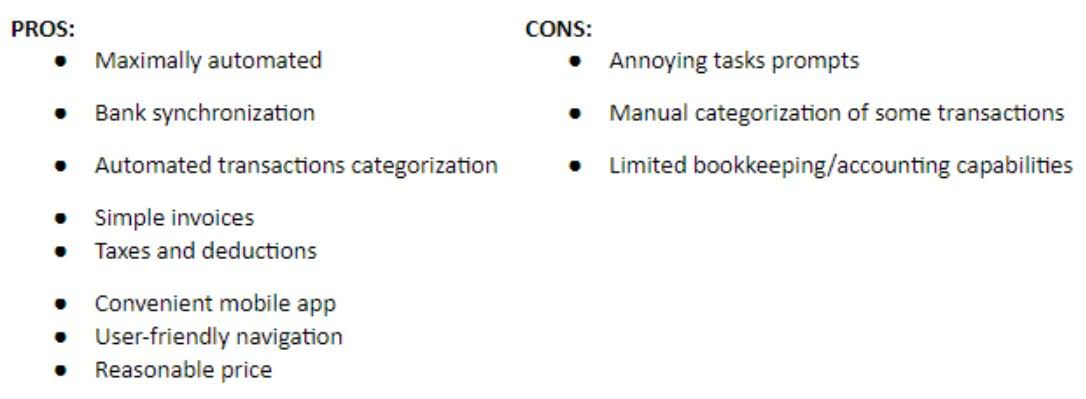
By accurately calculating the cost of conversion, manufacturers can gain insights into their production expenses, identify areas for cost optimization, and make informed pricing decisions. They impact profitability, competitiveness, and strategic decision-making. By understanding and managing these costs effectively, businesses can thrive in a dynamic manufacturing environment. This includes rent, utilities, machine repairs, and any other expenses incurred within the factory. A company manages and reduces conversion costs by increasing production efficiency and reducing labour costs in the production process.

List of Common Business Conversion Costs
The standard cost method assigns the standard conversion cost per unit to both the COGS and the inventory valuation, and reports the variance as a separate item in the income statement or the balance sheet. From a managerial perspective, understanding the conversion cost ratio allows businesses to evaluate the allocation of resources and identify areas for improvement. It helps in making informed decisions regarding process optimization, cost reduction, and pricing strategies. The cost of a product is determined by the amount of labor and overhead needed to convert raw materials into finished goods. Conversion cost is the total cost derived during the process of product making, marketing and selling from scratch till its end. In digital marketing, conversion costs refer to the total cost paid for an advertisement in relation to the success in achieving the goal of that advertisement.

Conversion Costs vs. Prime Costs
Prime costs and conversion costs have direct labor cost as an overlapping item. Direct labor is the cost of wages of factory employees who assemble the cabinets. Conversion costs include all direct or indirect production costs incurred on activities that convert raw material to finished goods. To calculate a conversion cost, add together the direct labor cost and the manufacturing overhead. The conversion cost is reported in the financial statements as part of the COGS and the inventory valuation. The cogs is the cost of the goods that are sold during the accounting period, and it is deducted from the sales revenue to calculate the gross profit.

Module 1: Nature of Managerial Accounting
Conversion cost is the cost the company spends on unusual expenses and direct labour when turning raw materials into finished products. This costing formula is used in cost accounting by those running manufacturing businesses or any company producing goods. It is used to derive the conversion costs value of ending inventory and show it in the balance sheet. Conversion costs include the direct labor and overhead expenses incurred as raw materials are transformed into finished products. Prime costs are calculated based on the direct labour costs and the total cost of the raw materials.

How to Calculate Conversion Costs
This information can be useful for cost accounting and management purposes, which we will discuss in the next balance sheet topics. It should be aligned with the strategic goals and vision of the organization. The cost of conversion analysis should not be done in isolation, but rather in conjunction with the overall strategy and vision of the organization.
- This knowledge helps companies make informed decisions and enhances their ability to succeed in the marketplace.
- Each department tracks its conversion costs in order to determine the quantity and cost per unit (see TBD; we discuss this concept in more detail later).
- Conversion costs include labour, raw material, machinery, etc, and other manufacturing overheads in the product's manufacturing.
- Tangible components—such as raw materials—that are needed to create a finished product are included in direct materials.
- While the fully automated production does not need direct labor, it does need indirect labor in each step to ensure the machines are operating properly and to perform inspections (step 4).
- By understanding its components and implications, businesses can optimize their operations and enhance overall efficiency.
Direct material cost encompasses the expenses related to raw materials used in production. Examples include steel in construction, plastic in injection molding, or flour in baking. Operations managers use conversion costs to help identify waste within the manufacturing process. By analyzing conversion costs, businesses can determine the cost structure of their products and set competitive prices that ensure profitability.
Why Are Conversion Costs Important?
Tangible components—such as raw materials—that are needed to create a finished product are included in direct materials. Therefore, once the batch of Accounting Security sticks gets to the second process—the packaging department—it already has costs attached to it. In other words, the packaging department receives both the drumsticks and their related costs from the shaping department. For the basic size 5A stick, the packaging department adds material at the beginning of the process. The 5A uses only packaging sleeves as its direct material, while other types may also include nylon, felt, and/or the ingredients for the proprietary handgrip. Direct labor and manufacturing overhead are used to test, weigh, and sound-match the drumsticks into pairs.
- Conversion cost is one such method in cost accounting that helps understand direct labour and manufacturing overhead costs.
- These examples illustrate how the conversion cost formula and per unit cost can be applied to different scenarios.
- It is calculated by dividing the total conversion cost by the number of units produced.
- In this section, we will explore the definitions, components, and calculations of the cost of conversion and the cost of goods sold, as well as some of the advantages and disadvantages of using each method.
- Conversion costs are a metric that can also be used to understand the incremental costs of creating a product.
- See how many clicks they have to see if the conversion rate is good enough for your needs.
Conversion Costs
- This means that the toy company spends $10 on direct labor and manufacturing overhead for each doll it produces.
- This information can be useful for cost accounting and management purposes, which we will discuss in the next topics.
- Remember that you can define conversion however you want, such as the number of sales and number of signups for your email list.
- This article delves into the definition, formula, and examples of conversion costs, illustrating their importance in cost accounting and production management.
Remember that small adjustments can yield significant results, so experiment, learn, and adapt to stay ahead in the competitive landscape. In summary, overhead costs are the silent contributors to a company's overall expenses. Understanding their nuances, allocating them accurately, and optimizing their impact are critical for sustainable business operations.
Calculating conversion costs is crucial for businesses to manage production expenses, set competitive prices, and make informed decisions about scaling production or optimizing efficiency. Analyzing conversion cost variance involves investigating the reasons behind the variance and identifying the specific cost components that contributed to it. By conducting a detailed analysis, companies can pinpoint areas of inefficiency or cost overruns and implement strategies to improve cost control and optimize the production process. Conversion Cost Variance is a metric used to assess the variance between the actual conversion costs incurred and the budgeted conversion costs.